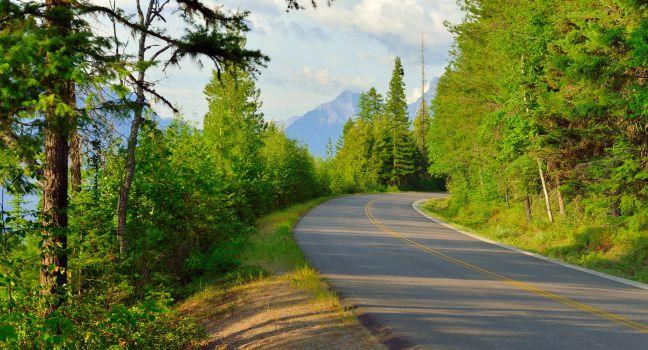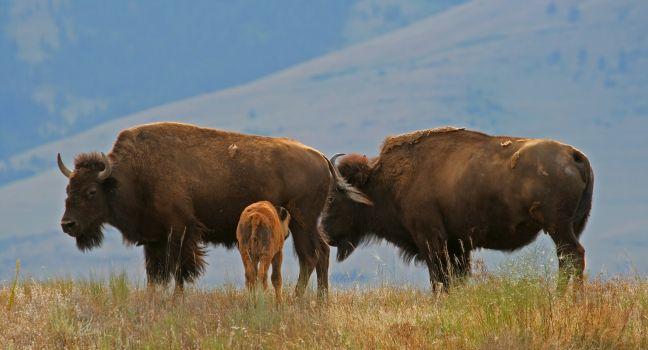The name of Lone Peak, the mountain that looms over the isolated community beneath Big Sky, is a good way to describe one of the most remote ski resorts in the country. Here you can ski a true wilderness. With nearly 6,000 skiable acres, it's the second-largest ski resort in the U.S. Yellowstone National Park is visible from the upper mountain ski runs, as are 11 mountain ranges in three states. The park's western entrance at West Yellowstone is about 50 miles away, along a route frequented by elk, moose, and bison (use caution when driving U.S. 191).
Conceived in the 1970s by national TV newscaster Chet Huntley, the resort area is the solitary node of civilization in otherwise undeveloped country, between Bozeman and West Yellowstone. Getting here invariably means a flight to Bozeman and about an hour's drive to the resort through Gallatin Canyon, a narrow gorge of rock walls, forest, and the frothing Gallatin River.
This is not to suggest that Big Sky is primitive. Indeed, being just a few decades old and growing rapidly, the resort is quite modern in its design and amenities. You won't find crowds among all this rugged nature, but you will discover that all the perks of a major summer and ski vacation spot are readily available in Big Sky's three distinct villages. One is in the Gallatin Canyon area along the Gallatin River and U.S. 191. Another, Meadow Village, radiates from the 18-hole Big Sky Golf Course. The third enclave, 9 miles west of U.S. 191, is the full-service ski resort itself, overlooking rugged wilderness areas and Yellowstone National Park.
Major real-estate developments around Big Sky have started to impinge upon the resort-in-the-wild atmosphere with exclusive developments such as Spanish Peaks and the gated Yellowstone Club. Still, outdoor pleasures abound. In addition to skiing, golfing, hiking, horseback riding, ziplining, and other activities, Big Sky hosts many festivals, musical events, races, and tournaments.





